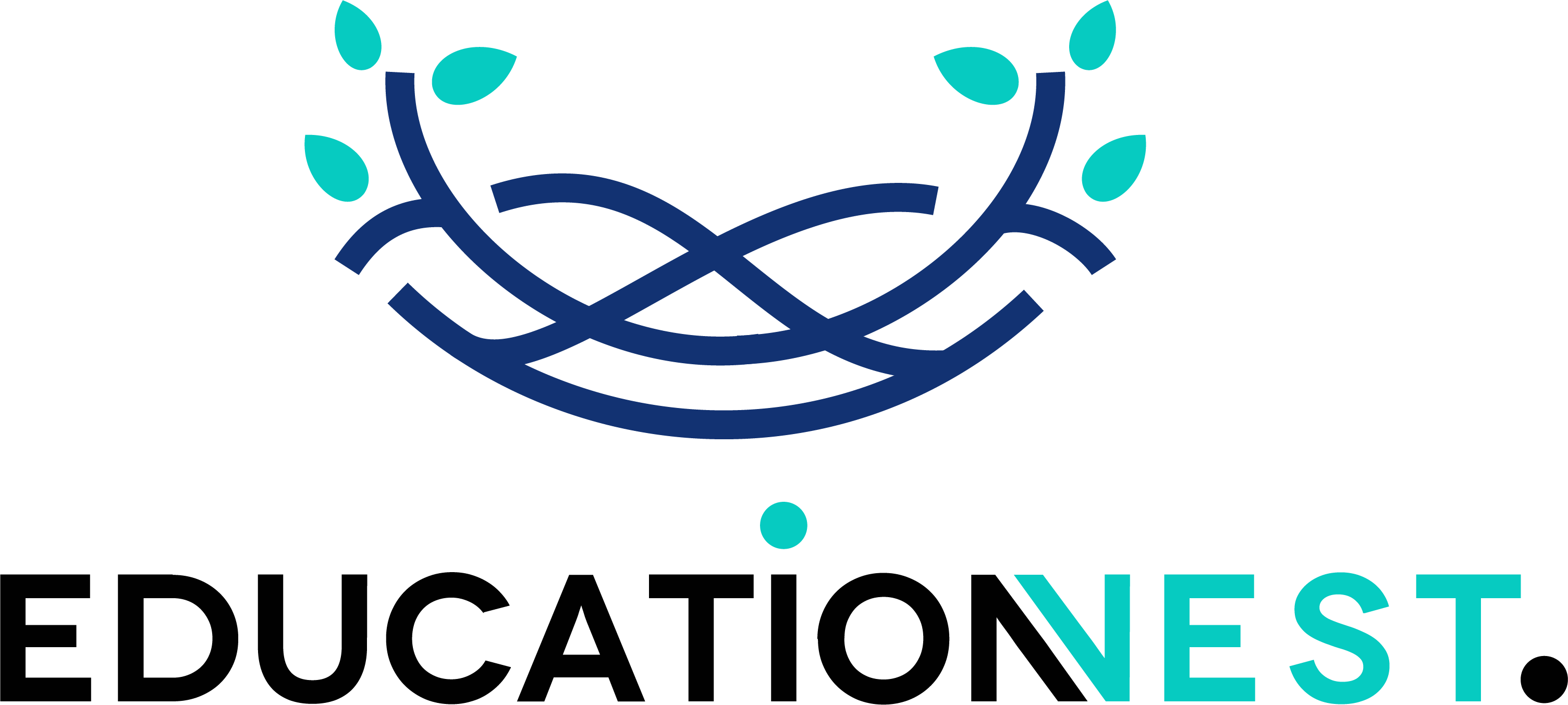
Malware and other online threats are a sad fact of life in the digital age. We can’t always avoid problems like these, but we can do our best. In this situation, whitelisting can help. Once it’s set up, it helps protect against a wide range of cyber threats. So, what is a whitelist exactly?
In this post, I’d like to provide a comprehensive overview of whitelisting.
What is whitelisting?
Whitelisting is a type of computer security in which a user can only do tasks on their system that an administrator has given permission for. IT departments can’t predict what will happen next, and spotting and obstructing malicious code as it emerges won’t stop cyberattacks. Instead, they make “white lists” of programs that are safe to run on any computer or mobile device.
In short, the user can only use the features that the system administrator thinks are right.
Whitelisting is an extreme way to lock down security that can stop a lot of problems if it is done right. But it’s not a foolproof way to stop attacks; it can be annoying to users; and it needs to be set up and maintained carefully for it to work.

How can whitelisting be used in a comprehensive security strategy?
If you’re responsible for managing multiple computers, whitelisting might not be the best endpoint solution for all of them.
On servers that are controlled from a central location and connected to other machines in a potentially dangerous online setting when using a public computer or kiosk where the user does not have root access.
Whitelisting is not a magic bullet for security; it must be used as part of a larger plan. Anti-malware, endpoint protection, and perimeter defense systems are still needed for computers that don’t work well with whitelisting or for catching malware that whitelisting misses.
How does the whitelist work?
An IT administrator maintains a whitelist based on a strict policy set. When the administrator knows for sure what resources they have access to, using a whitelist eliminates the need to learn about components that are forbidden.
With the help of a network appliance, desktop or server software, or operating system, administrators can grant users access to only the resources and programs they need. Once turned on, the network device or server will keep track of requests from authorized users, devices, or applications. No other service requests will be fulfilled.
Whitelisted applications or services can be accessed or talked to, but requests to the following places or services are not allowed:
- malware, persistent threats, and ransomware are all examples of software or malicious code;
- contain content that violates the rules set forth by the company for internet use;
- could result in confidential information being made public; and
- promotes the improper use of shadow IT.
What are some examples of a whitelist?
- Anti-spam software for electronic correspondence. These protections are meant to stop the vast majority of spam from getting into the inboxes of subscribers. Spam with clever wording often gets through, while legitimate messages are ignored.
- The majority of email recipients ignore spam occasionally but become concerned when they don’t get important messages. The whitelist feature of the spam filtering service gives the mailbox owner the ability to grant specific permissions.
- Controlled access lists Access control lists (ACLs) applied to a network router interface can be set up to allow access to specific IP addresses or ranges of IP addresses. ACLs are evaluated in reverse order, with the final entry in the list serving as an implicit deny. This means that packets are dropped based on whether or not their destination IP address is on the access list.
Read More: What is Cyber Security? Its Need and Importance
Whitelisting’s Benefits
The whitelisting method has numerous advantages. Let’s investigate the advantages to see what they are:
- Improved Online Safety
Rapidly expanding viruses hinder app performance by making it difficult for other apps to track them. New viruses can infiltrate the network more easily because it takes time to blacklist each piece of malware.
- Compatible with an extensive range of Programs
When trying to improve your cybersecurity measures, diversification is key. This requires regular penetration testing and a full set of software that protects against ransomware, malware, and viruses. At this point, whitelisting becomes an option. Add a layer of protection against cyberthreats by combining it with antivirus blacklisting software.
- Protecting against risks
Only the apps, IP addresses, and emails that have been whitelisted will be allowed to run. This means that none of the external software that could be dangerous or isn’t needed will be run. In doing so, malicious software and other threats can be filtered out, making the data safer.
- Aftermath of an Incident
Whitelisting can also help stop the spread of malware. When malicious files are found on one server, application whitelisting methods can be used to check whether or not they also exist on other servers. In this way, it is possible to determine whether or not the files have been compromised.
How Do You Implement Whitelists?
Having defined whitelists, we can move on to exploring their various forms and methods of application.
- Whitelisting Applications
- Whitelisting Emails
- Whitelisting Internal IP Addresses
What is “whitelisting” in software applications?
Application whitelisting combines access rights management and software inventory control. Instead of giving users access to endpoints and then installing antivirus software on each machine to block unauthorized software, application whitelisting does both. Only the applications on the whitelist can use the resources of the operating system. All other applications are blocked.
What Is Email Whitelisting?
By adding an email address to a whitelist, the recipient is indicating that they are familiar with and trust the sender, instructing an email server (like Gmail) to deliver messages from that address directly to the inbox rather than the spam folder.
You can prevent your spam filter from blocking emails from the presenter in the future by adding their email address to your “whitelist.
What is Internet Protocol (IP) whitelisting?
Whitelisting is the process of limiting network access to a small group of IP addresses, like those of employees or other authorized users who have given the network administrator their home IP address.
Although IP whitelisting can be a good security measure, it isn’t always practical for larger organizations because it takes a lot of time and effort to manually update such a list when there are a lot of users.
Conclusion
Whitelisting is a very effective and easy-to-use cyber security method that can improve security, reduce cyber threats, and even help most businesses make more money.
The whitelist approach is a customized one that is implemented based on unique needs. The context of applications is essential for the effectiveness of the whitelisting technology.

